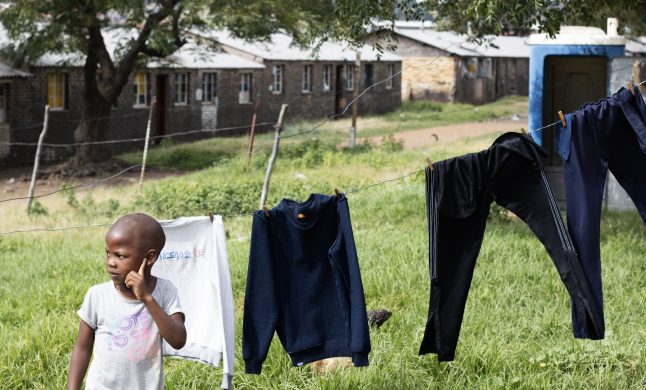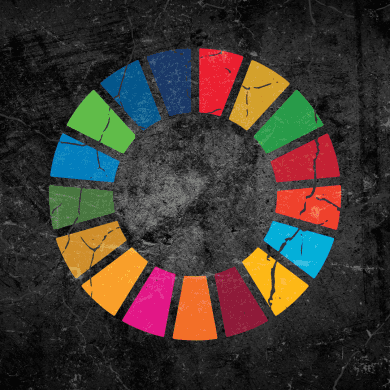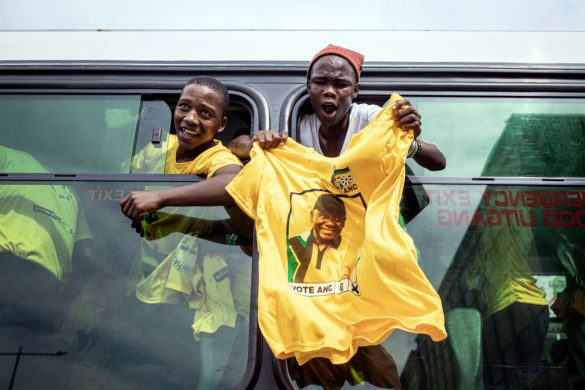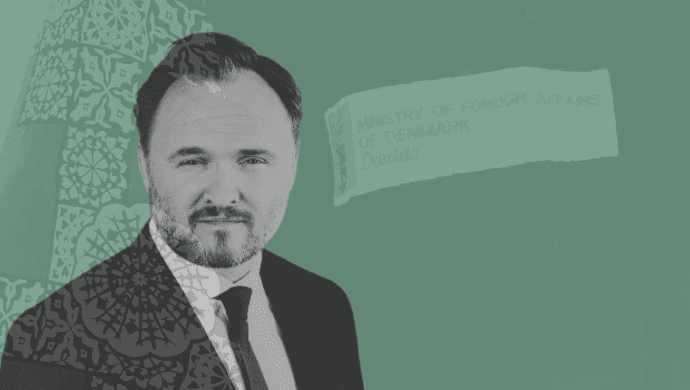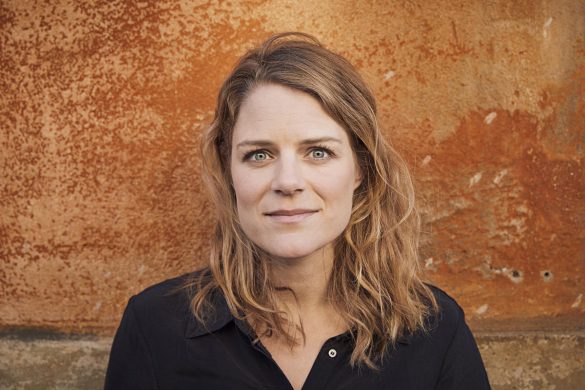Over en milliard mennesker har ikke rent drikkevand og de kostbare dråber er en mangelvare stadig flere steder på kloden, men de dystre spådomme om vandkrige er ikke blevet til noget – hvorfor nu det? Var den eneste rigtige “vandkrig” den babyloniske konflikt for årtusinder siden?
KUALA LUMPUR, 22 April 2014 (IRIN): In 2001 then UN Secretary-General Kofi Annan declared: “Fierce competition for fresh water (ferskvand) may well become a source of conflict and wars in the future.” A year later he revised that position, saying water problems could be a “catalyst for cooperation”.
Delivered after decades of “water war” threats that never materialized, Annan’s conflicting statements hint at the complexity of understanding how water and conflict interact.
Ahead of a water security summit in Malaysia on 23 April called the “2014 Aid & International Development Forum”, IRIN talked to experts to learn more.
“If you analyse water like other resources, you will see an absence of conflict in a lot of situations where you might expect to see conflict,” explained Janani Vivekananda, who is the environment, climate change and security manager at London-based International Alert’s peacebuilding issues programme.
In fact, some scholars point to an ancient Babylonian conflict 4500 years ago as being the only true “water war” to have ever occurred.
How come, there is no more violence?
But when one fifth of the world’s population faces water scarcity (knaphed) and another 1.6 billion people live in countries where infrastructure is too weak to get water to where it is needed, why is there not more violence over this precious resource?
And how dire (dystre /alvorlige) are warnings from the US Central Intelligence Agency such as: “During the next 10 years, many countries… will experience water problems – shortages, poor water quality, or floods – that will risk instability and state failure, [and] increase regional tensions”?
By way of an answer, experts point to unique characteristics surrounding water:
* it is a natural resource that makes it both valuable and a challenge to control;
* there is an international legal framework that encourages local cooperation; and
* there is also an ubiquitous (allestedsnærværende) understanding that sustained water access is vital for life to continue.
Managing tensions over water
“The water wars issue is more complicated than a direct parallel to other resources,” explained David Michel, director of the environmental security programme at The Stimson Centre, a peace and security research organization in Washington.
“It is important to make distinctions between the types of resources and the paths by which they can contribute to conflict,” he said.
“Water – as opposed to other conflict resources such as diamonds – is not lootable (kan ikke plyndres), meaning it is not a resource you can pick up and walk away with,” explained Michel, pointing out that a cubic metre of water weighs a ton.
“It is also not geographically fixed like timber – where if you control the land the forest sits on, then you control that resource completely.”
However, water remains inextricably linked (uløseligt forbundet) to livelihoods, local cohesion (sammenhængskraft), and political tensions, others say.
India and Pakistan
In a 2012 report on India-Pakistan relations, for example, the International Crisis Group listed water disputes as an impediment (hindring) to the countries’ cooperation.
The report pointed to India’s mushrooming energy needs to fuel its economic growth clashing with Pakistani farmers’ dependency on the shared waters, and noted that:
“With India constructing several dams in the Indus River Basin, the Pakistani military and jihadi groups now identify water disputes as a core issue, along with Kashmir, that must be resolved if relations are to be normalised.”
Kenya and Ethiopia
A protracted and bloody battle between tribal groups living in the Lake Turkana region straddling the 861-km Kenya-Ethiopia border has flared up in recent years over water availability and access.
International Rivers, a US-based environmental group, explained:
“The indigenous peoples of the Lower Omo Valley and Lake Turkana are extremely poor, but well-armed. They have a long history of resource conflicts over water, fisheries and grazing land.”
“In times of drought the populations will move to wherever the resources are. It does trigger conflict quite often… In years of scarcity they are happening almost every day. Will water-based conflicts increase? Certainly. But there are all kinds of different solutions,” Jeanine Cooper explained in a recent interview.
She is former head of office for the UN Office for the Coordination of Humanitarian Affairs (OCHA) in Kenya.
A database charts all water-related conflicts in history
Peter Gleick, president of the Pacific Institute, a US-based think tank that works on freshwater issues, said he is worried about “a world in which water is an increasingly scarce resource and politics play a powerful role in deciding water allocations – across borders, and perhaps more importantly within borders.”
The Pacific Institute maintains the Water Conflict Chronology, a database that charts a 5000 year history of water-related conflicts.
And while the principal legal architecture for international fresh water is the 1997 UN Convention on the Law of the Non-Navigational Uses of International Watercourses, another database housed at Oregon State University in the US lists 3,600 water-related treaties and agreements, as well as examples of indigenous (lokale) methods of water dispute resolution.
“We need strong institutions – equitable (retfærdige) economic reallocation schemes, communications management, and law – to manage tensions over water,” said Gleick, adding:
“I am not sanguine (optimistisk) about the history of cooperation holding true in the future if we don’t start paying closer attention to the disputes over water that don’t care about international borders or diplomacy.”
International law, local cooperation
Læs videre på
http://www.irinnews.org/report/99972/analysis-water-and-conflict
Se også telegrammet
http://www.u-landsnyt.dk/nyhed/14-03-14/krig-om-vand-n-ppe-konflikt-ja



